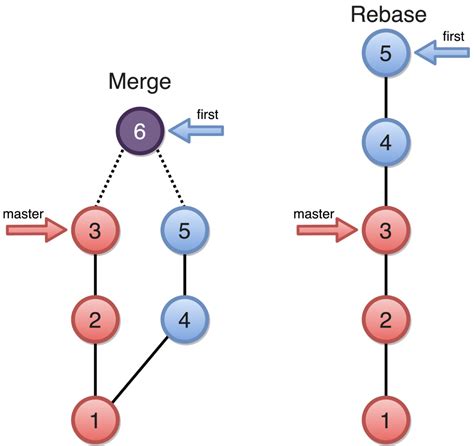In the realm of software development, particularly within teams utilizing version control systems like Git, the tools and techniques employed to manage changes can significantly influence workflow efficiency and overall project clarity. The debate between the ‘merge’ and ‘rebase’ commands in Git encapsulates a broader discourse on how developers approach maintaining their project histories. While both commands serve essential roles in integrating changes from different branches, they have their unique implications for the project’s commit history.
The ‘git merge’ command essentially combines the branch histories by creating a new ‘merge commit.’ This method preserves the exact historical context of the code changes—whose branches were merged and when. It’s a preferred practice for those valuing a comprehensive, historical record where the integrity of the timeline is kept intact. This approach suits larger teams where tracking the lineage of changes is crucial for sustaining robust software development practices.
On the other hand, ‘git rebase’ provides a way to create a cleaner, more linear history by reapplying commits on top of the desired base tip. This is akin to saying that instead of simply stitching branches together, rebase rewires the history to appear as if a series of changes were made sequentially. While this can make the history more readable, it also modifies it, which can be a disadvantage for those needing a precise historical document of changes.
In the use of rebase, let’s consider a code snippet involving a typical scenario:
git checkout feature_branch
git rebase main
This rebase command sequence will move all the unique commits from the ‘feature_branch’ onto the ‘main’ branch as if they were made directly on it after its last commit. It simplifies the story but hides the original context in which decisions were made.
Preferences in Git practices also reflect deeper philosophies about software construction. Some developers advocate for a ‘clean slate’ history, favoring the clarity and simplicity it brings, especially when troubleshooting or evolving a project. Others argue that a more detailed, true-to-life history (“warts and all”) can be invaluable for forensic purposes, understanding development processes, or comprehensive documentation.
The nifty git command git log --first-parent illustrates a merging strategy where only the mainline history is shown, filtering out the side branch merges. This partial view can help maintain focus on the primary development stream while still allowing access to detailed histories when needed. Yet, this introduces another layer of complexity in managing branches and documenting changes.
Ultimately, the choice between merge and rebase might boil down to project management preferences, team dynamics, and the specific requirements of a project. As technology and team structures evolve, so too does the toolkit for managing software development—Git being at the forefront of shaping these practices. How developers reach a consensus on handling their version control reflects their strategic priorities and their philosophical stance on what makes a ‘healthy’ commit history.


Leave a Reply